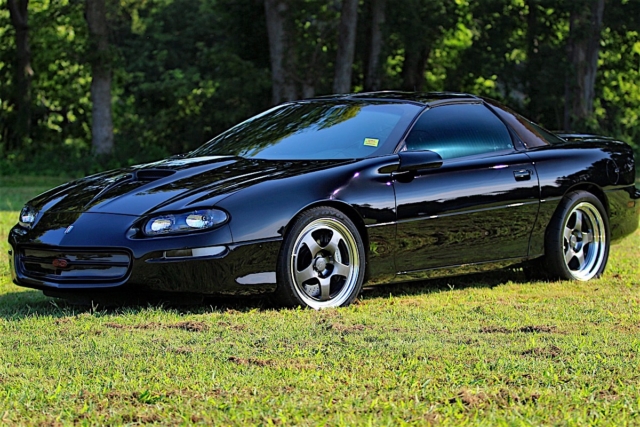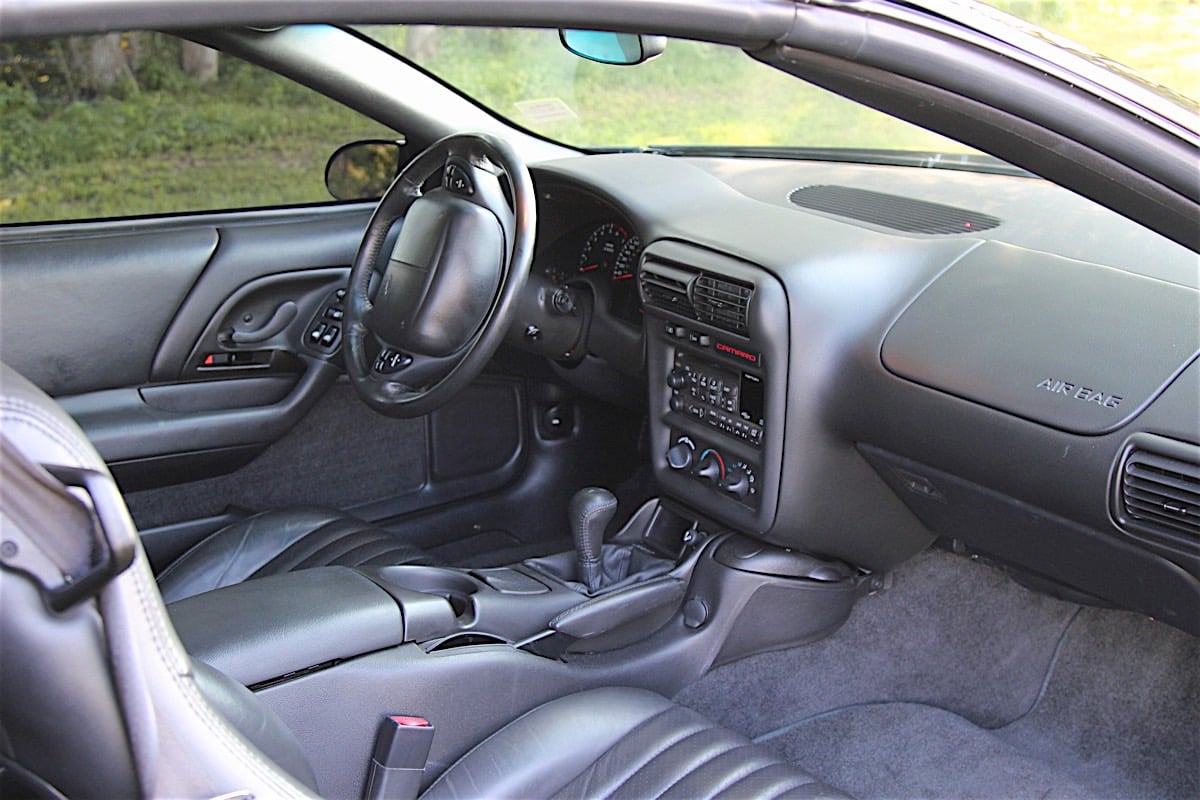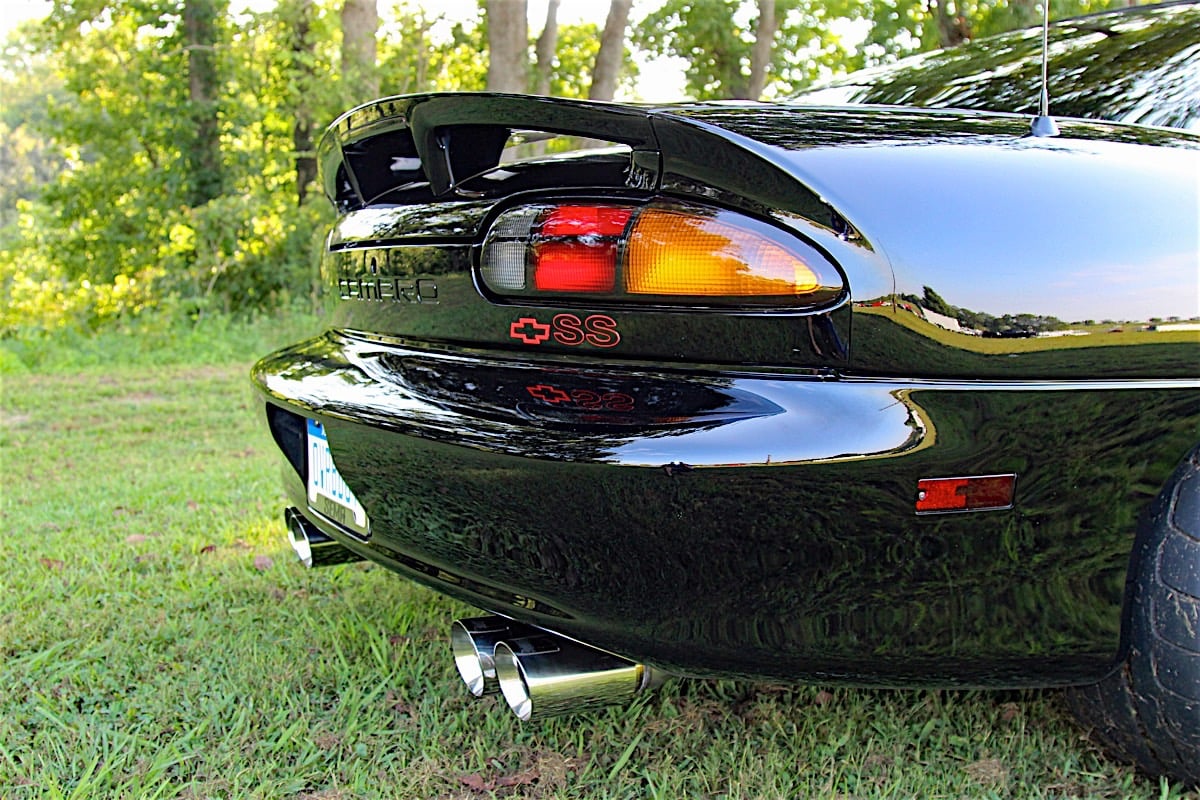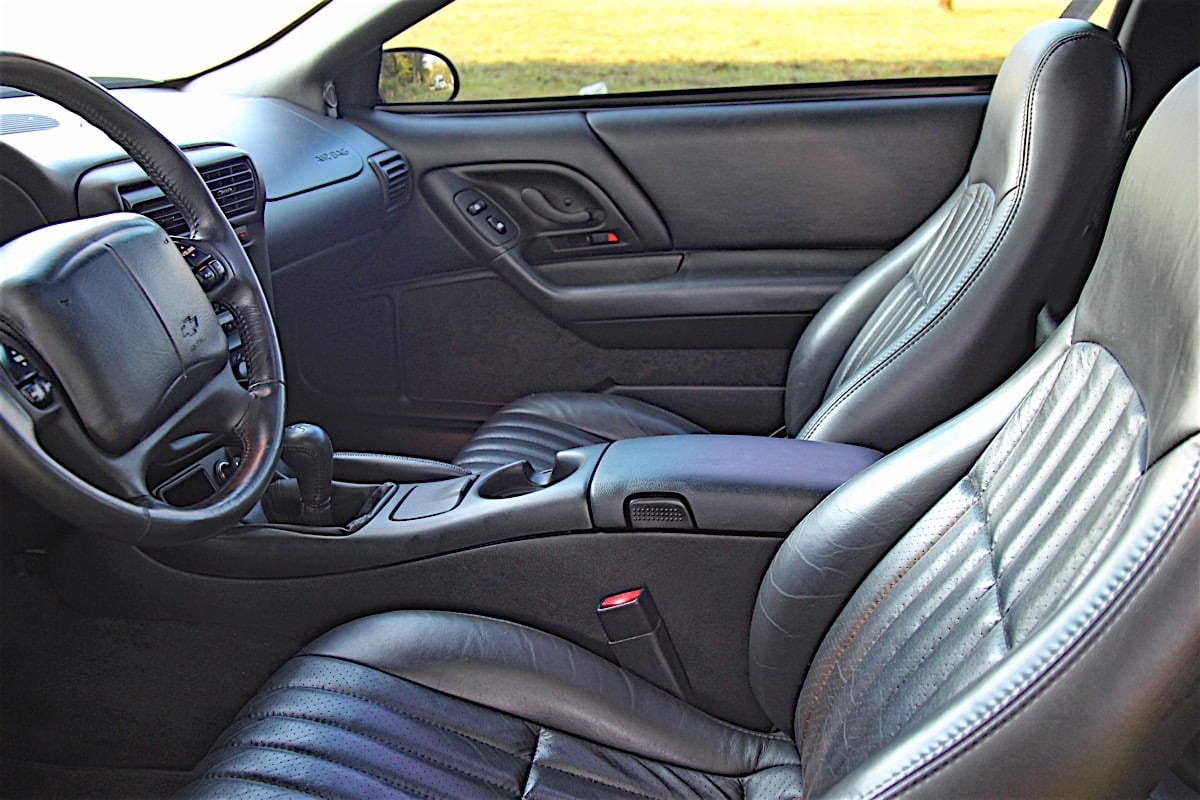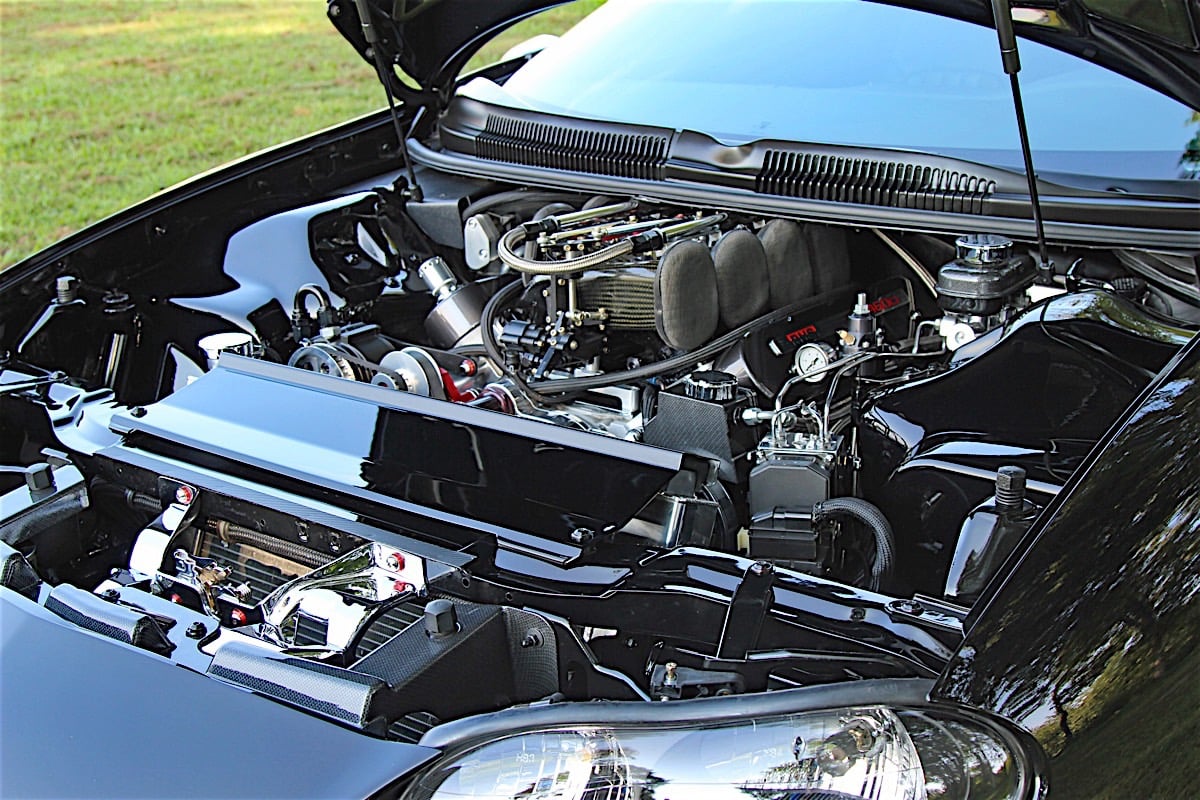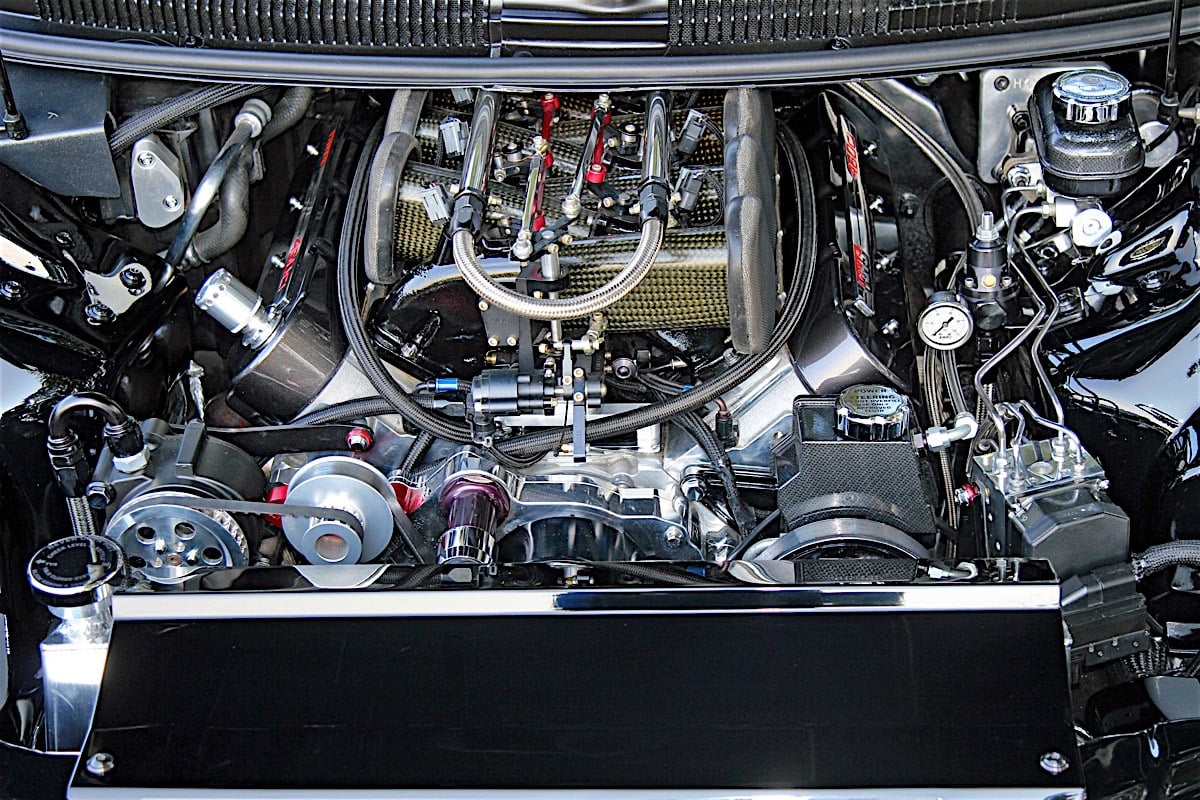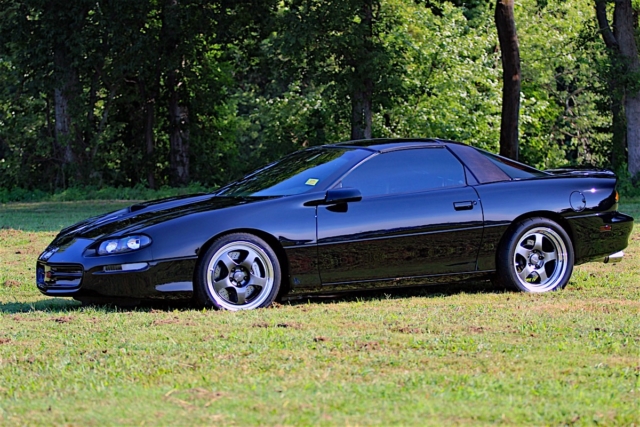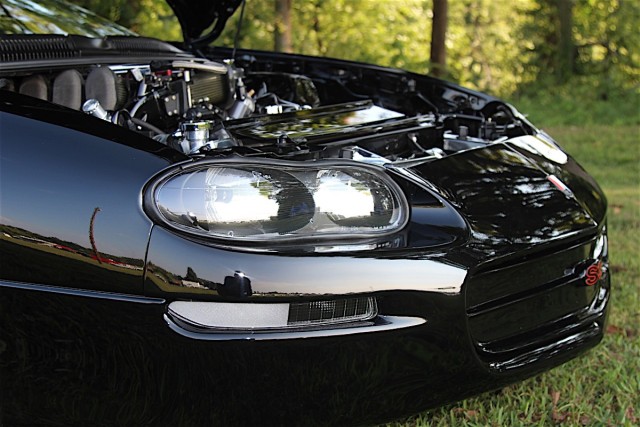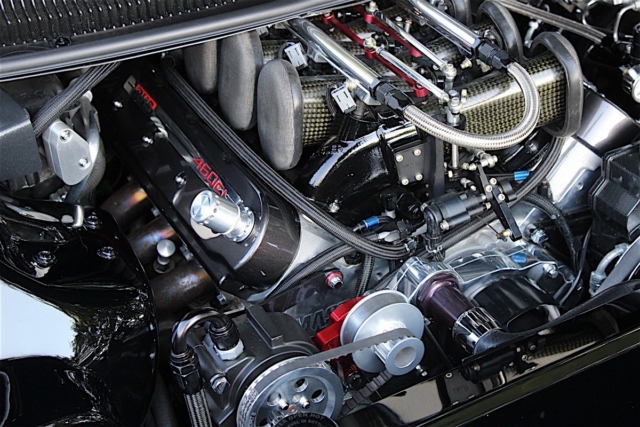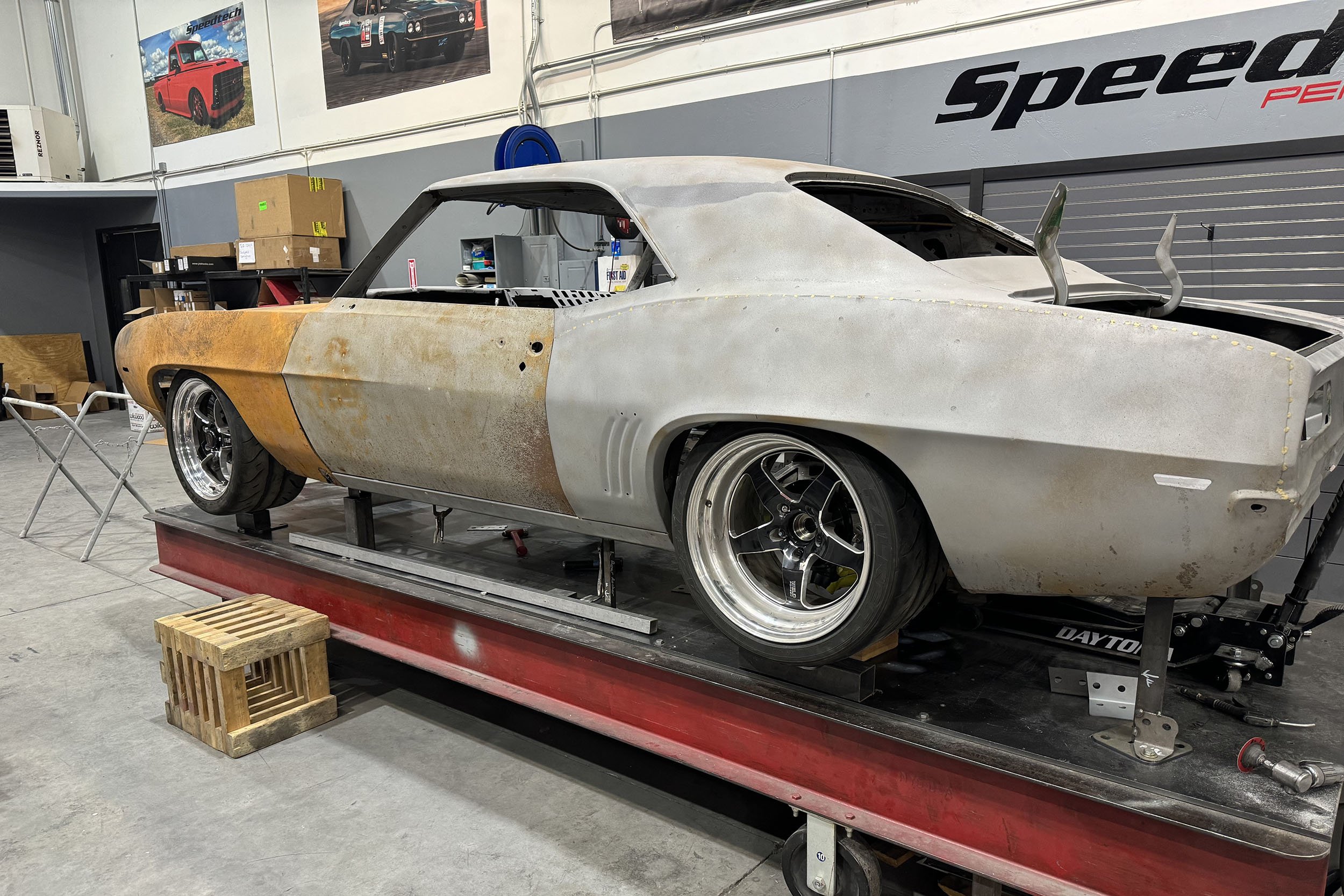In today’s world, full of instantly accessible images and immediate gratification, it’s almost impossible to say which version of any given car is the best or coolest example you’ve ever laid eyes on. Hell, just type #lsx into Instagram, choose your “favorite”, then come back twenty minutes later and tell us if there isn’t another one on there that you now prefer more than your original choice. Our point is, finding the perfect example of any car is a difficult task, or so we thought until we ran into Brent Schubring and his immaculate fourth-gen Camaro at LS Fest.
You may have seen Brent’s Camaro making the rounds on social media sporadically over the past several years, and for good reason. We can tell you that this is unequivocally one of the cleanest, most well put together cars we’ve ever had the opportunity to turn a lens on and that goes double when you narrow it down to fourth-gen F-bodies. Brent spared no expense when it came to creating his version of the perfect fourth-gen and he reflected that sentiment with the addition of the Camaro’s—almost iconic at this point—license plate that reads “OVRBDGT.”
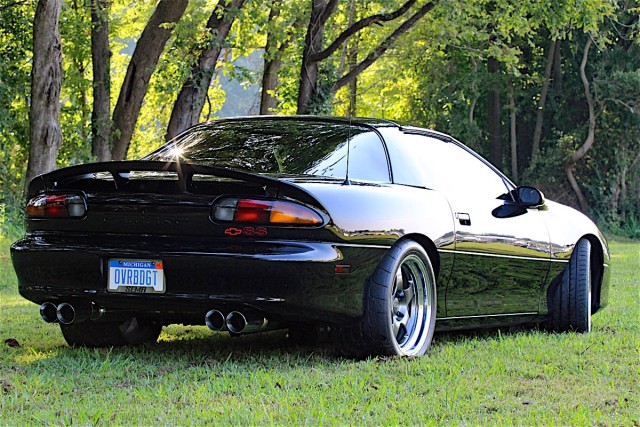
Brent’s iconic license plate “OVRBDGT” was settled on while him and his wife were kicking around ideas for it one late night in the garage.
The Journey So Far
Brent tells us the car’s journey started nearly 15 years ago, when he picked it up with only 4,000 miles showing on the clock. He had recently parted ways with a ’96 Camaro SS and was looking to jump back into the F-body scene and wanted to go with the latest and greatest the General had to offer. Naturally, he had his eyes peeled for a car with LS motivation. When he spotted the low-milage Camaro, the dealer hadn’t even had time to put a sticker on the car before Brent offered to take it off their hands.
“I was coming off of the power fringe of what the LT1 had to offer—which was cute—but I knew the LS1s had more potential, so I thought ‘sure, lets dive into a catfish,’” Brent said.
He began to drive the car regularly but soon found himself wanting more power. He sent the car off to Lingenfelter to have the entire top end swapped out in his quest for more power. Heads, cam, intake and a set of headers brought the total output of the Camaro to what Brent described to us as “decent at the time.” The car made roughly 400 rwhp and kept him happy for at least several months. But he quickly ran into what we’ve previously described as horsepower amnesia—400 horsepower soon wasn’t enough so a 403 cubic inch LS build ensued.
“I drove the car for about 6 or 7,000 miles,” Brent explained. “But then we decided to get a little more aggressive with the car and that required an entire tear down. I pulled the motor and sold it. I wanted something a little more unique.”
At the time, builds as large as 454 ci with an LS were brand new and most of the high-dollar players were building 440s. So Brent compromised and had a 403 built for the car. He was all ready to drop it in when he began having second thoughts about the direction of the build.
He began to wonder if they should go larger with the displacement on the car and wanted to make sure the Camaro had exactly the right powerplant in it. He put the build on hold while deciding what would eventually motivate the immaculate F-body.
As you can see, the interior is amazingly stock--almost as if it had been preserved in a time capsule. "Candy corn" euro spec taillights are a subtle differentiating factor.
“The evolution of technology in the high performance world is a lot like the computer industry,” Brent explained. “You buy something and six months later it’s obsolete; so I decided to table the project and do more research before making a final decision.”
Moth Balls
As many of us know, if you’re not progressing with a build, you begin to fall behind. With the project in moth balls, Brent says life started to get in the way. He and his wife moved to a new house and between school, work and everything else, eight years had passed before a decision was made concerning the destiny of the car.
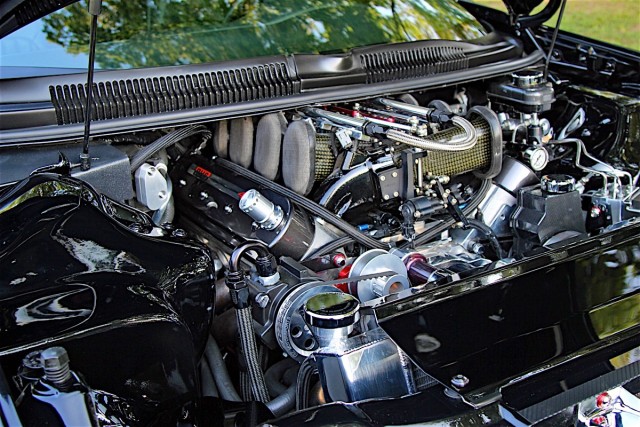
The Kinsler ITB intake manifold is arguably the most iconic feature of Brent’s fourth-gen, and for obvious reason.
“My wife played a huge part—probably bigger than she even knows—in finishing the car,” Brent said. “One day we were talking and she asked me, ‘Are you ever going to finish this car?’ I told her that I wanted to do this, that, and the other to it and she said, ‘Yeah, lets do it but lets just make sure you do it right.’”
Those are the magic words that everyone wants to hear someday. Brent admitted to us that when she said ‘do it the right way’ she most likely had no idea that she had just opened pandora’s box and that his idea of ‘doing it the right way’ may not have been exactly what she had in mind. But nevertheless, with his wife’s seal of approval on the build, it could now take a drastic leap into serious.
Green Light
With just 17,000 miles on the pristine SS at this point, Brent decided that he wanted to go large cube with the car. Shawn Miller, of Precision Racing Technologies, was brought onboard to over see the engine build and make recommendations for the overall project. They kicked around the idea of going with a 440 or even 454, but Miller nixed the idea of the 454 due to longevity concerns. An affordable RHS standard deck block just happened to be sitting around Miller’s shop at the time, so the build commenced with it as a foundation and resulted in 460 cubic inches of LS ecstasy.
A 4.185-inch forged Lunati crank was used to give the mill plenty of low down grunt and the block was stuffed with 4.185-inch forged JE pistons connected to Manley rods. This gives the engine a square bore-to-stroke ratio and allows the bullet to be relatively rev happy considering its immense girth. It also guarantees that the engine is all but bullet proof and provides a reasonable 11.8:1 compression ratio that is happy running on pump 93.
Mast provided a set of heads who’s stainless steel valves are operated by a Crane Cams camshaft that specs out at 262/272 degrees of duration and .680/.680-inches of lift on the intake and exhaust respectively. The bumpstick is ground on a 113 LSA, which give it just enough lope to ward off any Mustangs in the vicinity but still retain its street manners and provides good vacuum. 2-inch primary Kooks long-tube headers exhale exhaust gases into a 3-inch true dual exhaust.
The intake on Brent’s Camaro is perhaps the most recognizable piece of the build; after all, it’s not everyday that you see a carbon fiber Kinsler intake, sporting individual throttle bodies, under the cowl of a fourth-gen. Several other manifolds were considered when it came time to select who would handle the induction duties, including a Harrop manifold and a custom sheet metal unit from Marcella Manifolds, eventually the Kinsler was given the nod due to its ability to flow the insane amount of air the 460 mill demands and overall packaging concerns.
All of this adds up to 796 horsepower and 692 lb-ft of torque at the flywheel and 634 horsepower and 542 lb-ft of torque on a Mustang dyno.
“The whole premise behind the motor was to see realistically what kind of power we could make and still be streetable,” Brent said. “Streetable being defined as able to put the car in first gear and idle around at 15 to 20 mph without the car puking on itself.”
The whole premise behind the motor was to see realistically what kind of power we could make and still be streetable; streetable being defined as able to put the car in first gear and idle around at 15 to 20 mph without the car puking on itself.”
And puke on itself it does not. When we rode in it, we marveled at how well mannered the big-cube car behaves. An LS9X clutch from Katech routes the car’s considerable grunt into the stock Tremec T56, which has been drastically upgraded with hardened and kevlar components. The twist is then split by a Midwest Chassis 9-inch rear end stuffed with Yukon 3.70 gears and coupled by a Wavetrac.
UMI provided their entire gamut of suspension and chassis components including front tubular upper and lower control arms, sway bars, a tubular engine cross member, rear lower control arms, torque arm, and subframe connectors. The UMI suspension, combined with the Fikse wheels—in a 18×9.5 up front and a 18×11.5 out back shod in Toyo rubber—give the car its menacing stance and really pulls the car together.
A Body That Won’t Quit
Subtle body modifications, including shaving the original fog light pockets and a custom grill, leave you wondering exactly what about the car is so different yet so incredibly well done. The car still sports its original shade of black that it rolled of the GM line with. Export spec “candy corn” taillights also subtly set the car apart from the crowd. The head lights and tail lights have been wet sanded to remove any manufacturing markers or numbers and the tails have been given a slight tint. Under the hood, the cowl has been notched and the wipers deleted to make room for the Kinsler intake and the entire engine bay has been painted and smoothed.
Oddly, but somehow perfectly at the same time, the interior is bone stock but looks as if it has been preserved in a time capsule. The only item that has been changed is the factory Hurst shifter that was ditched in favor of a Hinson short throw.
Overall, the entire build took two years to complete with the engine taking 18 months to assemble. Brent plans to give it a couple of blasts down the quarter mile soon, just to see what the car is capable at the track. And while this build might be perfect to us, Brent plans to start what he refers to as “phase two” of the build in the coming months. Like we said, everyone’s perception of the perfect car is ever evolving, even if you are the person that built one of the best examples we have ever laid eyes on. Stay tuned for more details on Brent’s upcoming changes.




